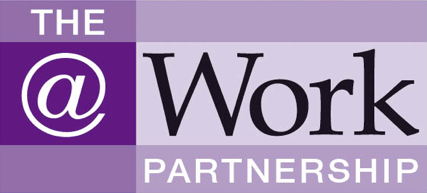August/September 2017 (vol. 14/2)
ContentsFeaturesNewsLegal
NewsResearch DigestResearch PlusCPD
 Current practices in noise health surveillance
Current practices in noise health surveillance
An exploratory study on the delivery of noise health surveillance programmes in Britain
Summary:
We would like to thank the HSE for making this article open access. To read this article in full, please click on this link.
Alison Codling and David Fox from the Health and Safety Executive present the results of a study undertaken on current practices in noise health surveillance, and key practice points for occupational health practitioners.
An estimated 10 million people suffer from hearing loss in the UK1. By 2031, this could rise to 14.1 million people – 20% of the population1. These figures mean there is increasing attention being paid to the effects that workplace noise exposure is having. Research suggests that over 1.1 million people in Britain are exposed to noise levels above 85 dB(A)2 at work3. Data from the Labour Force Survey (three-year average period 2013/14–2015/16) suggest that around 20,000 people working during the previous year suffered from noise-induced hearing loss (NIHL) – new as well as longstanding cases caused or made worse by work, equating to a rate of 62 cases per 100,000 workers4…
Alison Codling is an occupational health research nurse working in the Centre for Workplace Health at the Health and Safety Executive.
David Fox is a chartered psychologist working in human and organisational factors at the Health and Safety Executive.
This article and the work it describes were funded by the Health and Safety Executive (HSE). Its contents, including any opinions and/or conclusions expressed, are those of the authors alone and do not necessarily reflect HSE policy.
Author: Codling A, Fox D
Occupational Health at Work August/September 2017 (vol. 14/2) pp31-35


